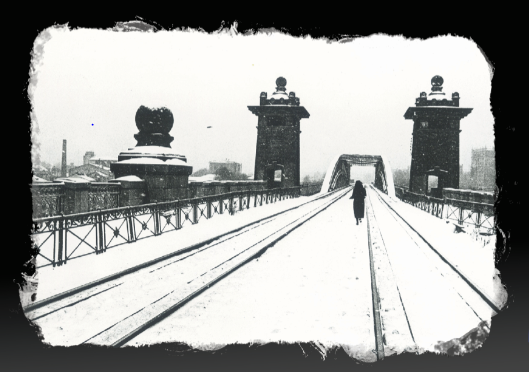
Martha Peterson: From Widow to CIA Spy
NEW! Video and podcast of Marti being interviewed on The Team House by former rangers Jack Murphy and Dave Parke
-
The Team House YouTube: The first female CIA case officer in Moscow, Marti Peterson, The Widow Spy, 16 July 2021. Has many added details of Marti's experiences in Laos and Moscow. Co-hosted by Jack Murphy and Dave Parke, former rangers and military affairs experts
-
The Team House podcast of above
Martha Peterson, also affectionately known as Marti, is included in many accounts of spying during the Cold War. The list of books spans over 40 years, extending long after the Cold War ended. Why does her story endure? Why has she written The Widow Spy? Answer: To tell the story of her experiences firsthand.
She was one of a small group of women in the CIA, who followed the example of an even smaller group before them. These women, who were hired in the 1960s and 1970s, were trained to be operations officers, recruiting and managing foreign agents around the world. These agents, who worked in foreign countries, provided secrets to the US government that helped keep the world safe and the balance of power in favor of the US and its allies.
The difficulties these women encountered were like those of women in business. It was a man’s world. Men set up the organizations and made the rules to guarantee that they would remain in power. Women took care of the details and critical behind-the-scenes work. The idea that a woman could recruit a foreign agent was not acceptable, not even feasible, to the male establishment. They believed that women would not be taken seriously by potential recruits. Women would have a hard time convincing a male target that she was interested in secrets he might have. Contrary to the agent’s belief, she was not there to be seduced
Eventually, women received the same training as their male counterparts and earned the confidence of male managers, who were still in charge of making the assignment decisions.
Marti’s story tells about a manager who took a big risk. He believed that she had earned a place in CIA’s Moscow station. She succeeded in operational training, Russian language proficiency, and on-the-street covert manipulation of trailing “training” surveillance, while simultaneously taking pictures of potential dead drop cache sites with a miniaturized camera. He was confident she would be Moscow station’s secret weapon.
She arrived in Moscow in November 1975, and immediately was assigned the task of meeting, through dead drops, the most significant agent being handled by Moscow Station from 1975 to 1977. TRIGON produced volumes of actual secret documents that he photographed in his office in the Ministry of Foreign Affairs and then put down in dead drops for us. We were able to read the Soviet government's positions before meetings with the Soviet Ambassador in Washington, DC, as well as Soviet ambassadors worldwide, during very tense negotiations with the US and its allies.
The Widow Spy tells of her night excursions into the dark streets of Moscow, alone. The Widow Spy ends with her arrest by the KGB in July 1977.